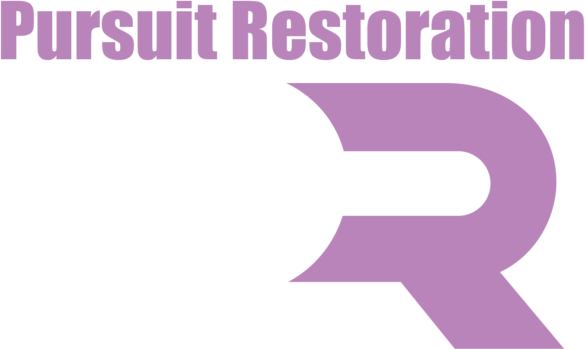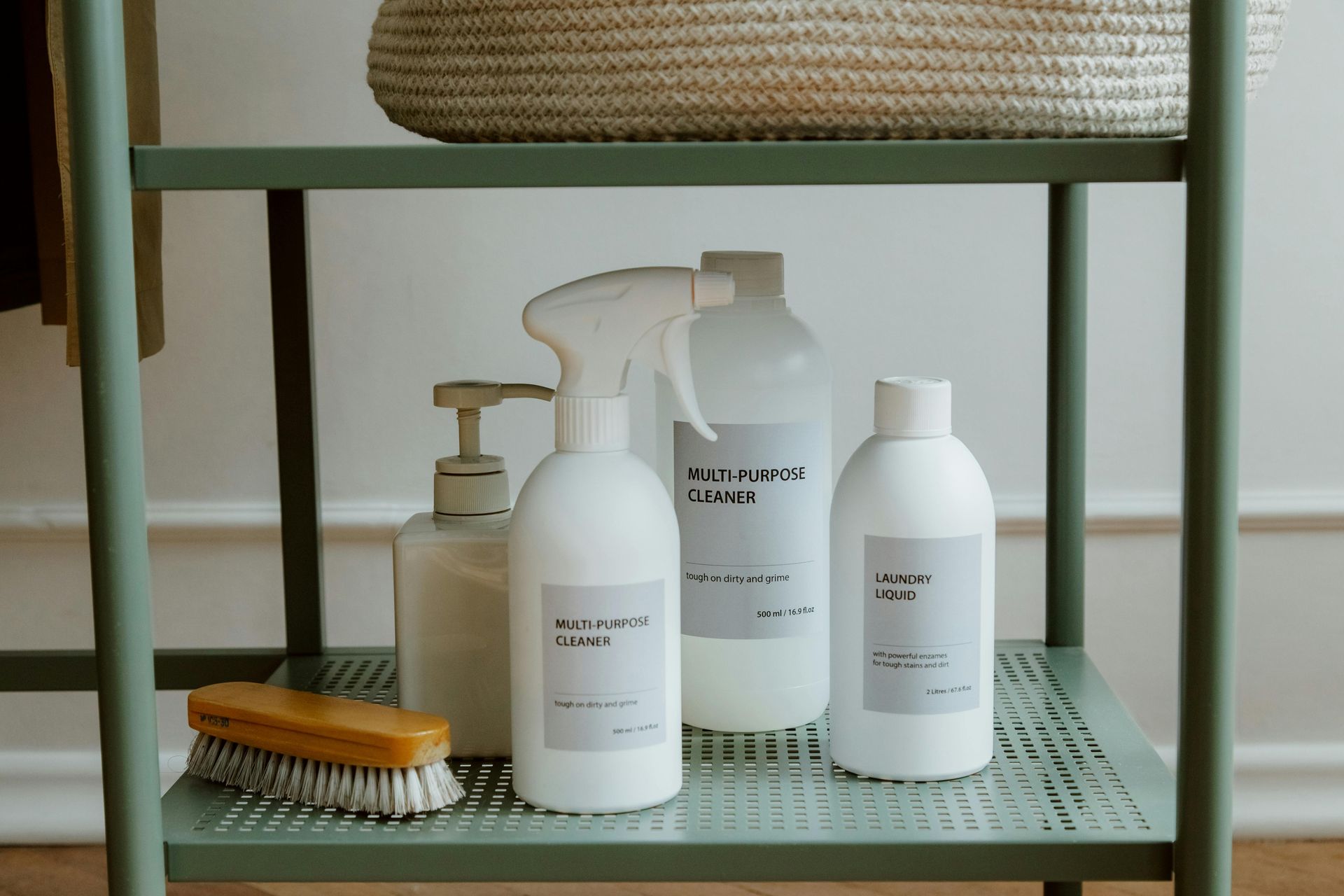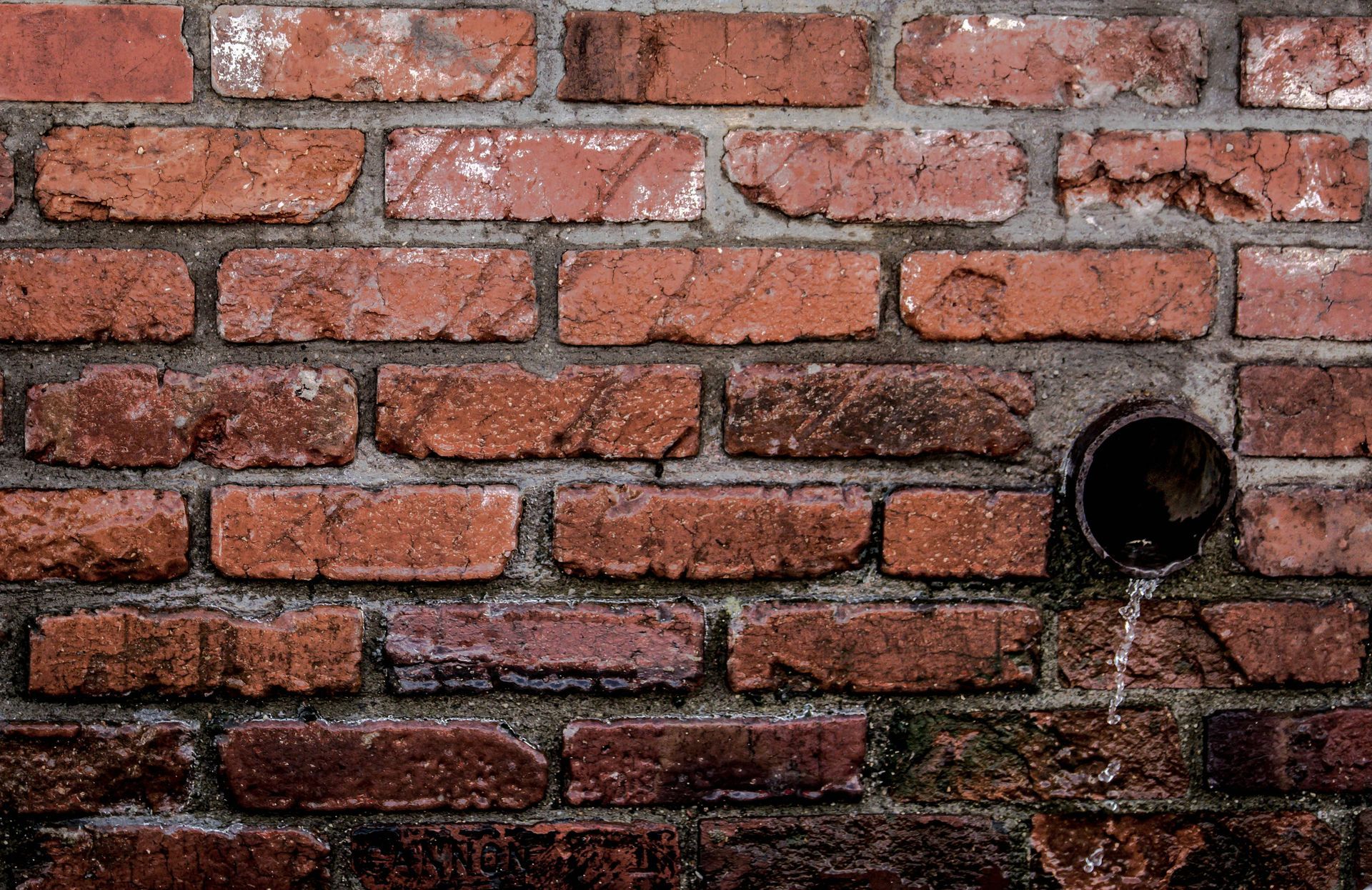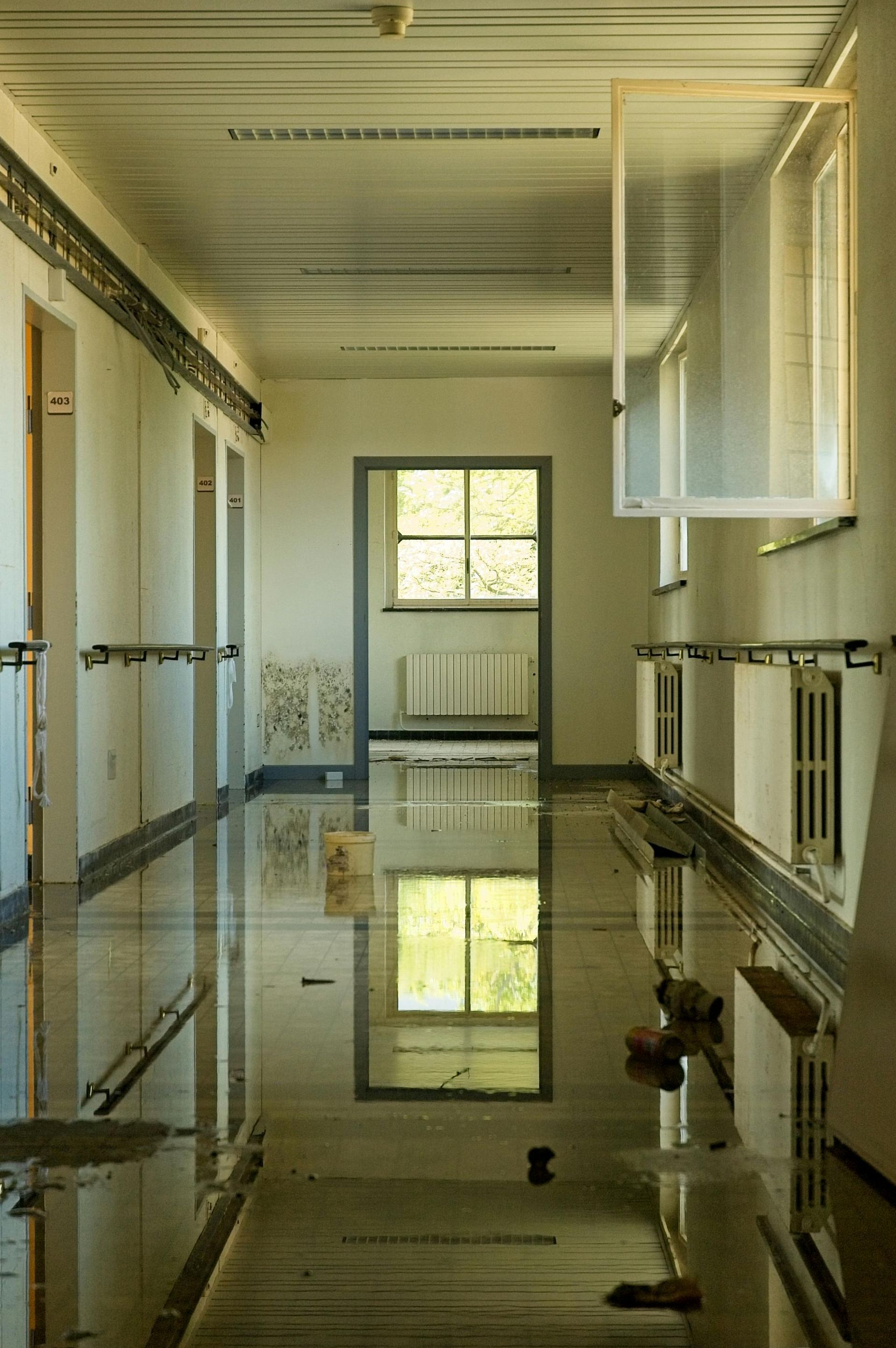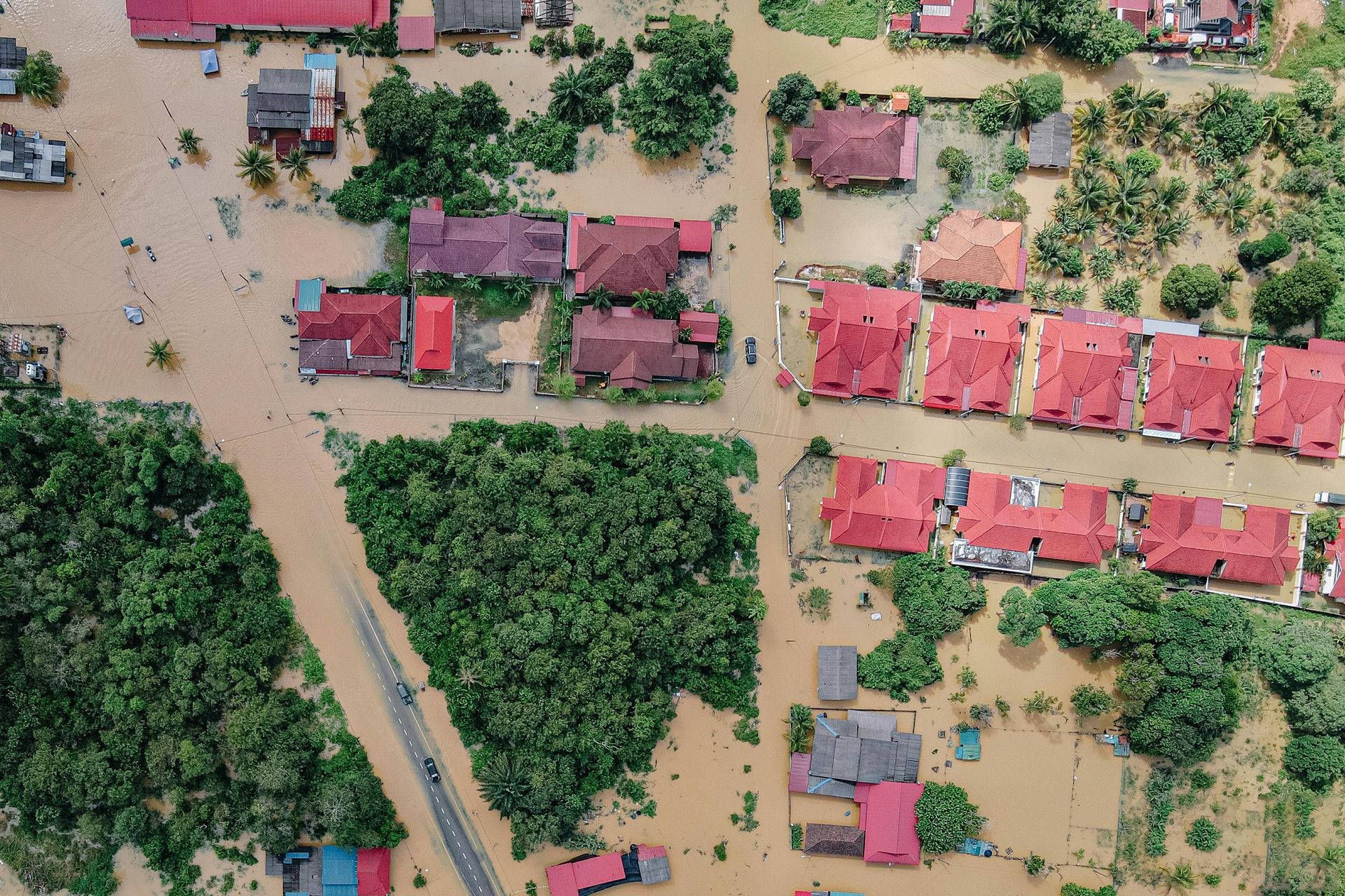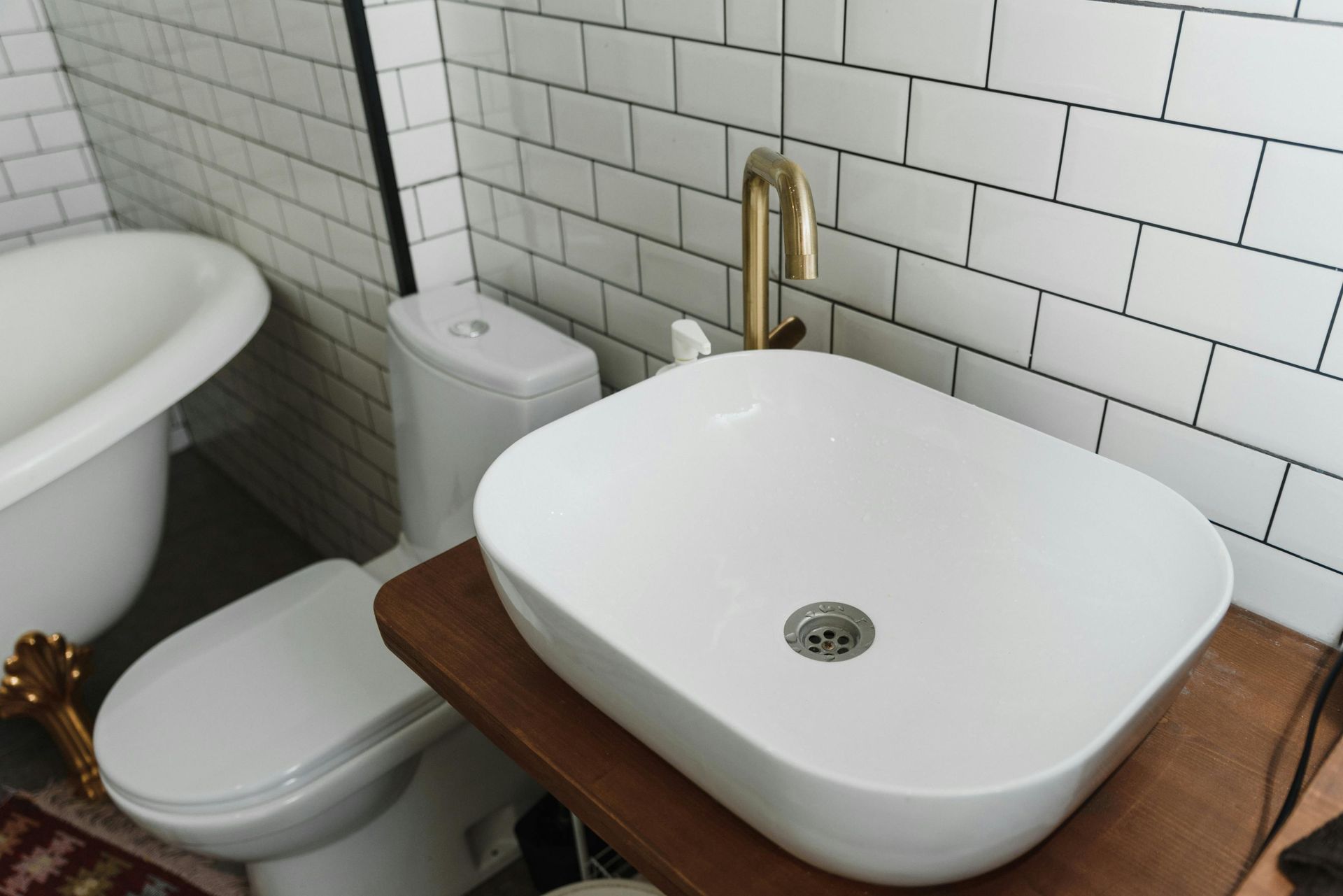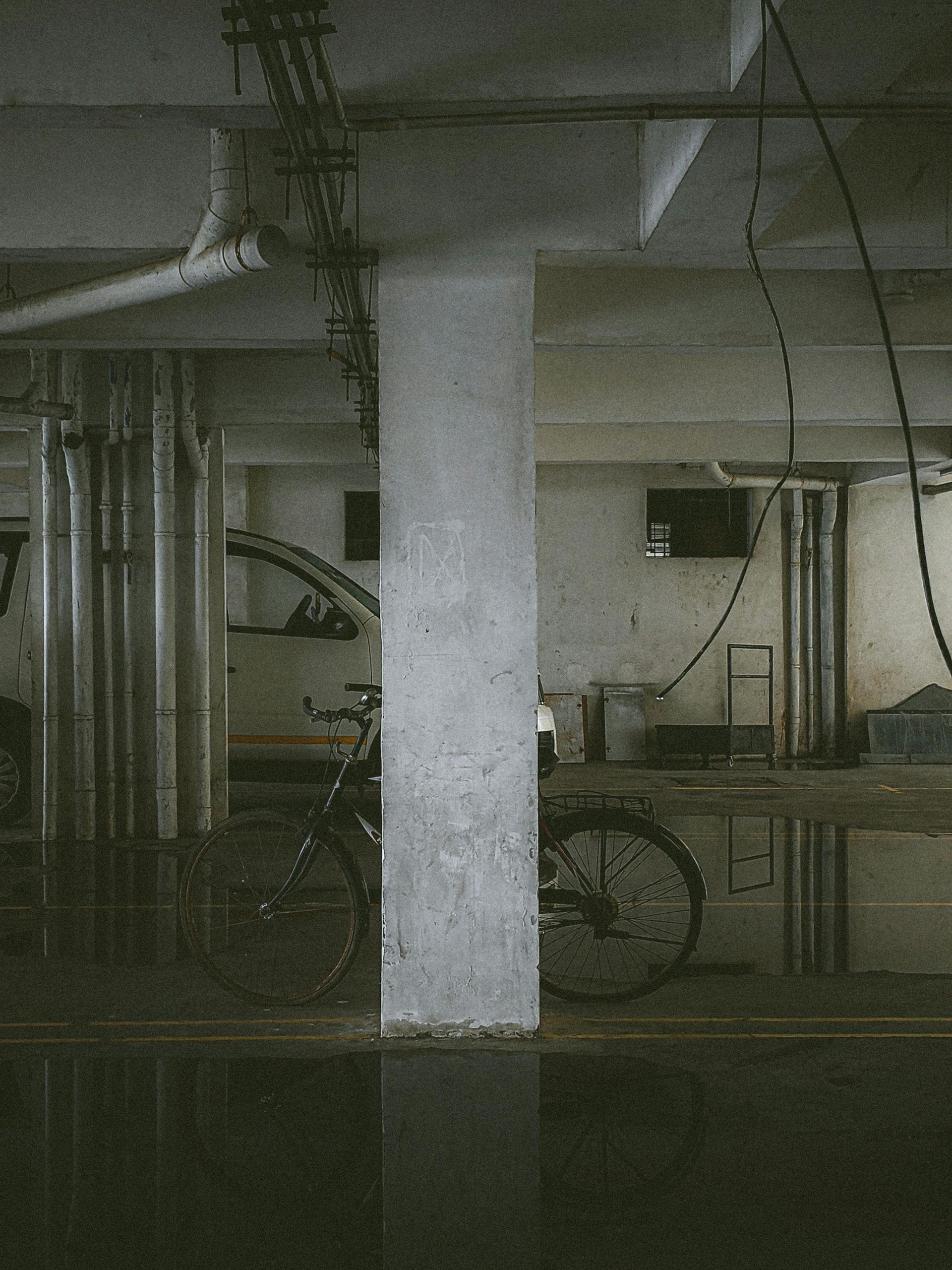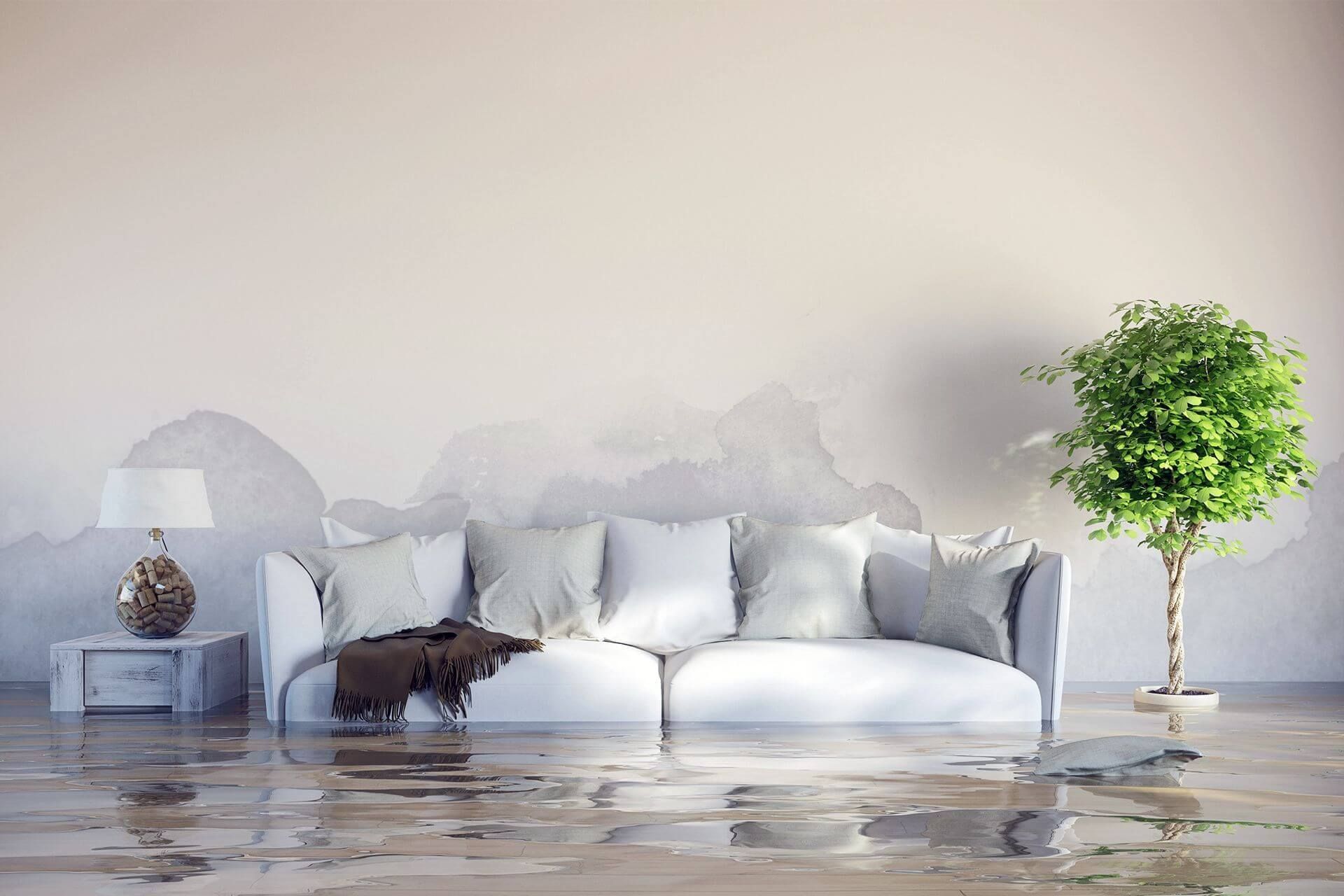Is Mold from Water Damage Dangerous? Understanding Health Risks and Safety
When water seeps into your home, the damage doesn’t stop at stained walls or warped floors. Within just 24 to 48 hours, lingering moisture can spark mold growth, and once it spreads, it raises serious questions about health and safety. You may notice an unpleasant odor, dark patches on walls, or even feel unwell after being inside. These are warning signs you should not ignore.
Mold from water damage can be dangerous to both your property and your health. It can trigger allergy-like symptoms, worsen breathing problems, and in some cases expose you to toxic substances. The longer it goes untreated, the more severe the risks become.
This guide will help you understand why mold grows after water damage, what health problems it can cause, and when it’s time to seek professional help so you can protect your home and your well-being.
Key Takeaways
- Mold grows fast after water damage and can make your home unhealthy.
- It can cause coughing, sneezing, skin rashes, and worse breathing problems for some people.
- Big mold patches and certain toxic molds are more dangerous and need quick attention.
- Drying wet areas fast and removing soaked stuff helps stop mold from growing.
- Professionals can test for mold and safely clean it to keep your home safe.
What Causes Mold Growth in Homes?
Mold is a type of fungus that grows in moist environments. When water damage happens in your home, it creates perfect conditions for mold to thrive. Mold spores, which are always present in the air, settle on damp surfaces and begin to grow quickly.
Common types of mold after water damage include:
- Black mold (Stachybotrys): Often dark green or black, with a slimy texture, this mold is known for producing harmful mycotoxins.
- Green mold: Usually bright or dark green, it appears fuzzy and grows quickly on damp surfaces.
- White mold: Powdery or fluffy in appearance, this mold is often light-colored and may be mistaken for dirt or dust.
- Gray mold: Has a fuzzy or woolly texture and can appear on various surfaces with a grayish shade.
Mold can start growing within 24 to 48 hours after water exposure, making quick action essential.
Health Risks Associated With Mold Damage
Mold from water damage can cause a variety of health problems, especially affecting the respiratory system. Breathing in mold spores may lead to coughing, wheezing, shortness of breath, and throat irritation. For those with allergies, mold exposure can trigger sneezing, nasal congestion, itchy or watery eyes, and skin rashes.
Certain groups face a higher risk of serious health effects. Children, older adults, and people with asthma, allergies, or weakened immune systems are more vulnerable to mold-related health issues. For these groups, exposure to mold can worsen existing conditions or lead to new respiratory problems.
Some types of mold produce toxic substances called mycotoxins. These toxins can cause more severe symptoms, such as headaches, dizziness, and fatigue, and in rare cases may contribute to neurological problems. This is why mold is not just a nuisance but a potential health hazard needing prompt attention.
Symptoms of Mold Exposure
Exposure to mold can cause several symptoms, which often depend on how sensitive a person is and the amount of mold present. Common symptoms include:
- Coughing and wheezing
- Sinus infections and nasal congestion
- Fatigue and headaches
- Skin irritation and rashes
- Eye irritation, such as redness or itching
- Throat irritation and sore throat
For some people, symptoms may be mild and temporary. However, longer or more severe exposure can lead to chronic health issues, making early detection important.
When Is Mold From Water Damage Particularly Dangerous?
Mold becomes especially dangerous in certain situations that increase health risks or make removal more difficult. Large infestations covering more than 10 square feet are a major concern because the amount of mold spores released into the air can overwhelm your body’s defenses.
Certain toxic molds, like Stachybotrys (commonly called black mold), produce mycotoxins that can pose serious health threats. These dangerous molds require careful handling and professional removal.
Mold growth combined with ongoing moisture problems creates an environment where mold keeps spreading and affecting indoor air quality. This is common in homes with unresolved water damage or poor ventilation.
In some cases, water damage may also introduce bacteria or viruses from floodwater, compounding the health hazards. This mixture of microbial threats makes mold from water damage a serious issue needing attention.
Professional Mold Testing and Mold Remediation
When mold is suspected after water damage, professionals can help identify the extent and type of mold present. Mold inspectors or industrial hygienists use special tools to collect samples and test for specific mold species and contamination levels.
Professional mold remediation involves several important steps to ensure safe and thorough mold removal:
- Containment to prevent mold spores from spreading during cleanup
- Removal of mold-infested materials, including drywall, carpet, and insulation
- Cleaning and disinfecting surfaces to kill mold spores and remove residues
- Thorough drying to eliminate moisture that helps mold grow again
Hiring experts reduces health risks by ensuring mold is properly handled and the problem is fully resolved. They also help restore indoor air quality and protect your home from future mold growth.
Professional Mold Testing and Remediation
When mold is suspected after water damage, professionals can help identify the extent and type of mold present. Mold inspectors or industrial hygienists use special tools to collect samples and test for specific mold species and contamination levels.
Professional remediation involves several important steps to ensure safe and thorough mold removal:
- Containment to prevent mold spores from spreading during cleanup
- Removal of mold-infested materials, including drywall, carpet, and insulation
- Cleaning and disinfecting surfaces to kill mold spores and remove residues
- Thorough drying to eliminate moisture that helps mold grow again
Hiring experts reduces health risks by ensuring mold is properly handled and the problem is fully resolved. They also help restore indoor air quality and protect your home from future mold growth.
Why Mold from Water Damage Should Never Be Ignored
Mold from water damage can be dangerous, particularly for children, older adults, and those with respiratory issues or weakened immune systems. Large infestations and toxic molds like black mold present greater health risks that require prompt action.
Early intervention is key. Quickly drying out wet areas, removing damaged materials, and controlling moisture can prevent mold growth. When mold is visible or suspected after major water damage, professional testing and remediation ensure thorough removal and health safety.
Taking mold seriously protects both your home and your well-being. Don’t hesitate to seek expert help to address mold problems properly and prevent long-term health effects.
Get Expert Help to Protect Your Home from Mold
Don’t let mold from water damage threaten your health and property. If you suspect mold growth or have experienced water damage, take fast action to prevent serious problems. Pursuit Restoration offers professional mold inspection, testing, and remediation services to keep your home safe and clean.
Schedule a service online today or call
(208) 515-6503 to learn more about how our experts can help you tackle mold and restore your home’s indoor air quality.
